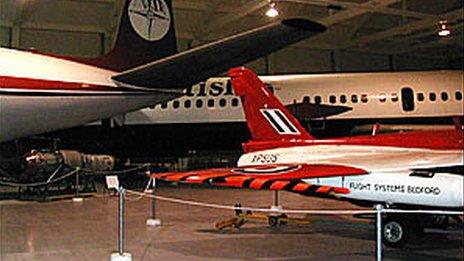Science Museum in 'world's biggest house move' to Swindon
- Published
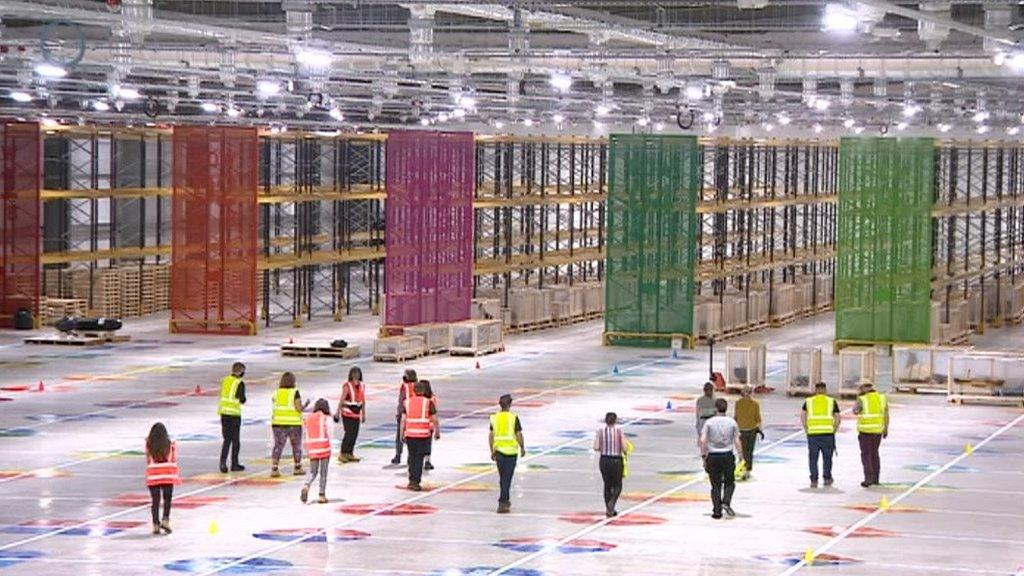
Alex Fullerlove, from the Science Museum, said: "It's the world's biggest house move"
More than 300,000 objects are being moved by the Science Museum from west London to a storage unit near Swindon.
The 545-acre former airfield in Wroughton already houses the museum's larger objects, when not on display.
The remaining objects stored in London are being moved to a purpose-built warehouse in Wiltshire the size of two football pitches.
Alex Fullerlove, from the museum, said: "It's the world's biggest house move, we have two years of unpacking ahead."
The Science Museum Group looks after some 7.3 million objects.
Until now the 300,000 objects not required for display were stored along with artefacts from the Victoria and Albert Museum and The British Museum in Blythe House in London.
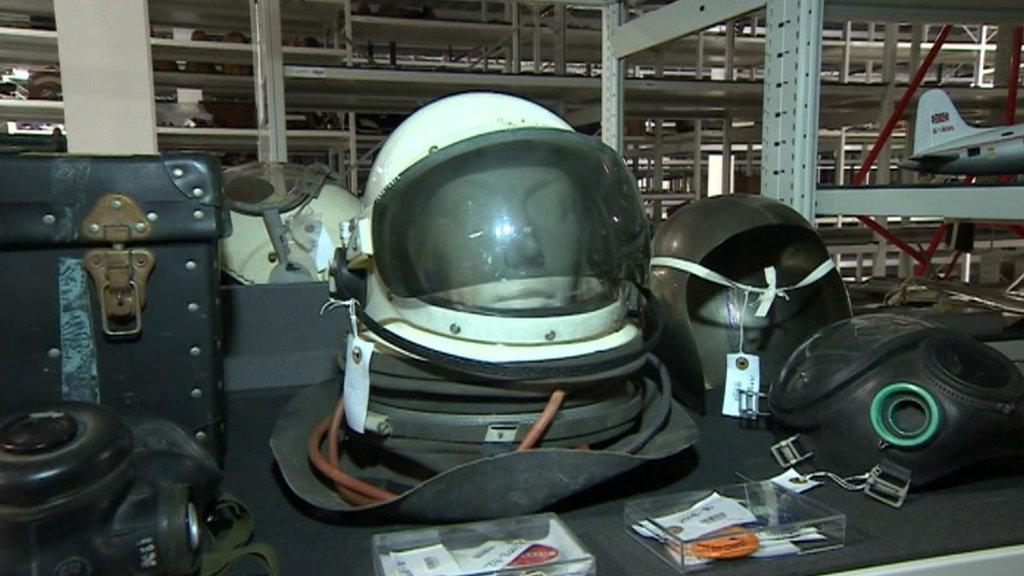
The Science Museum Group used Blythe House in London to store its artefacts before the government announced it was selling the building
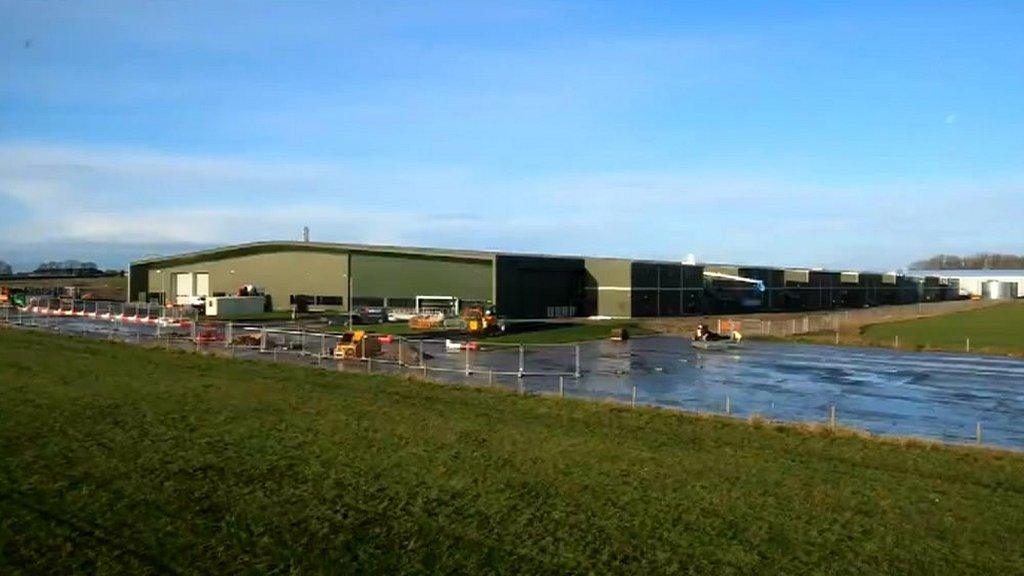
The purpose-built warehouse near Swindon is 300m (984ft) long by 90m (295ft) wide and boasts 30km (18.6miles) of shelving
However, in 2015 the government announced it was selling the building and asked the museums to find a new home for their collections.
Ms Fullerlove, said: "We've spent the last two and a half to three years getting those collections ready to move.
"We started in May and we've moved around 20,000 objects into the building already."
The new building boasts 30km (18.6miles) of shelving, which will be used to display collections of bicycles, telescopes, iron lungs and prosthetic limbs.
In the next couple of years, larger pieces such as cars, fire engines, buses, carriages and submersibles will be moved there too.
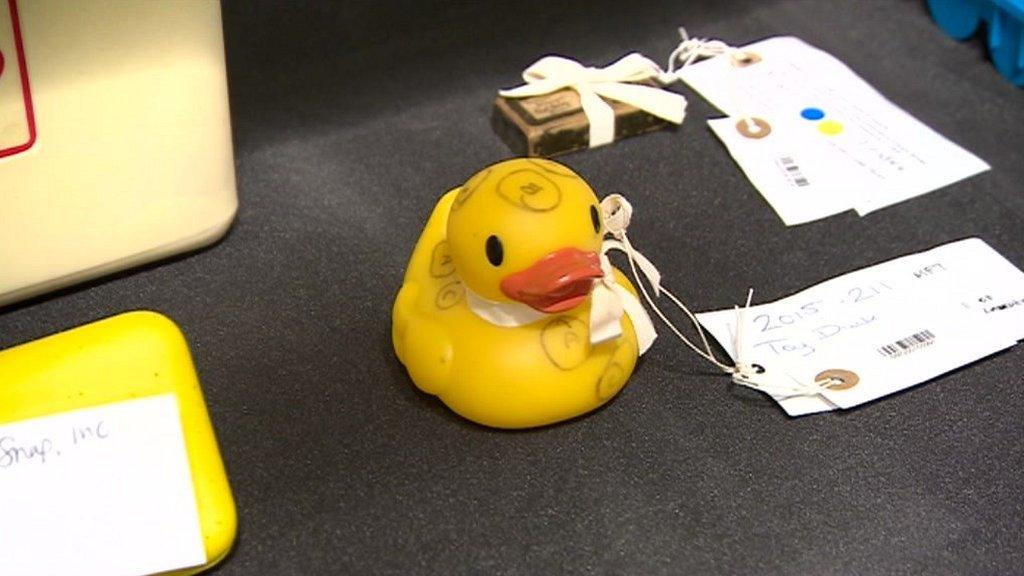
Along with Edward Jenner's medical instruments, from when he was working on the small pox vaccine, the collection includes a rubber duck used to plan a landing on a comet
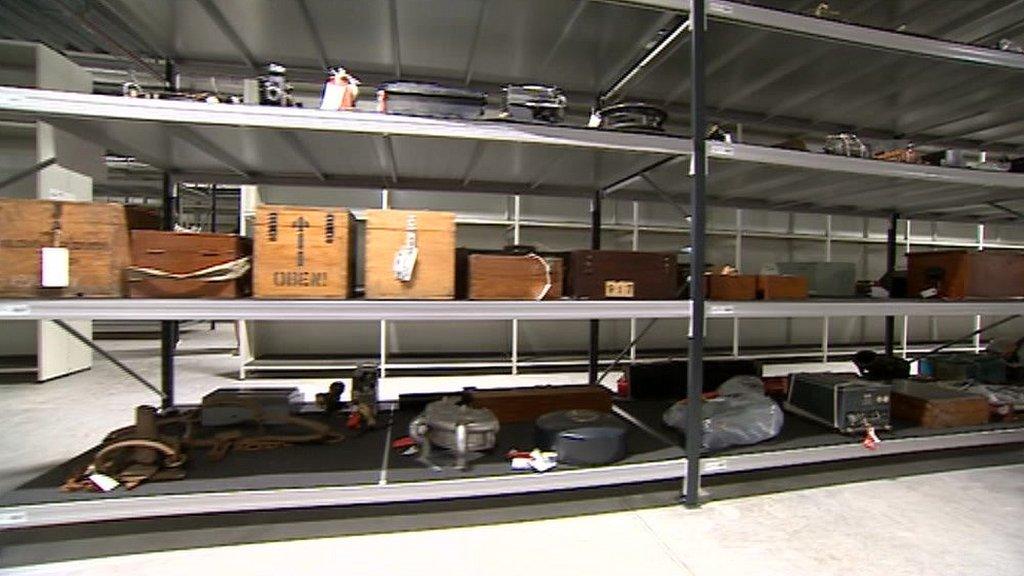
The new facility is due to be open for public tours, school and research visits from early 2024
Ms Fullerlove said it would take a team of eight unpackers two years to unpack all of the objects and "put them away properly".
"If anyone can imagine what it was like when they moved house and not being able to find a teaspoon - it's like that," she said.
"But we can't lose a teaspoon. We have to know exactly where that teaspoon is at every stage."
The new facility is due to open for public tours, school and research visits from early 2024.

Follow BBC West on Facebook, external, Twitter, external and Instagram, external. Send your story ideas to: bristol@bbc.co.uk , external
- Published23 December 2017
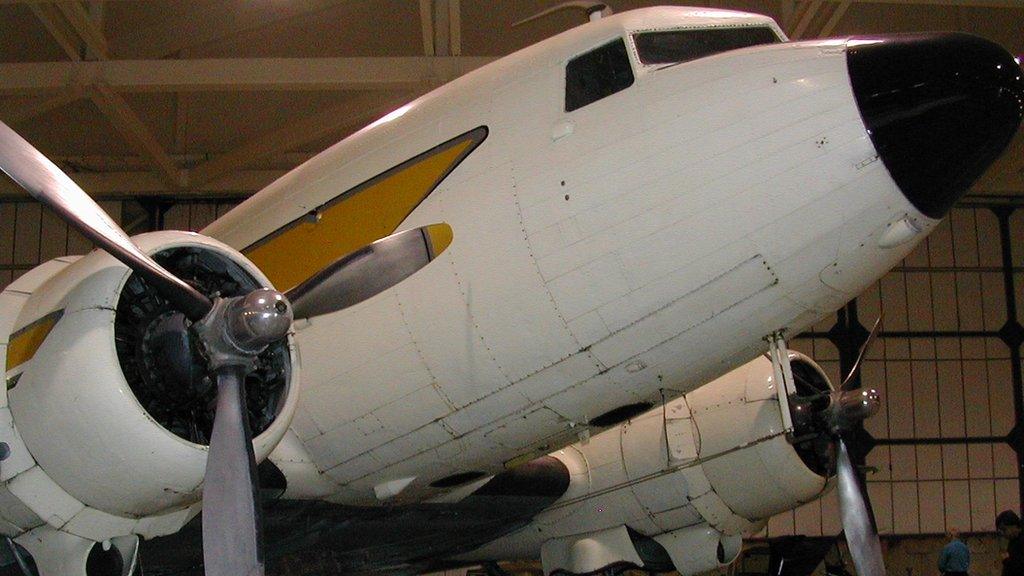
- Published11 December 2015
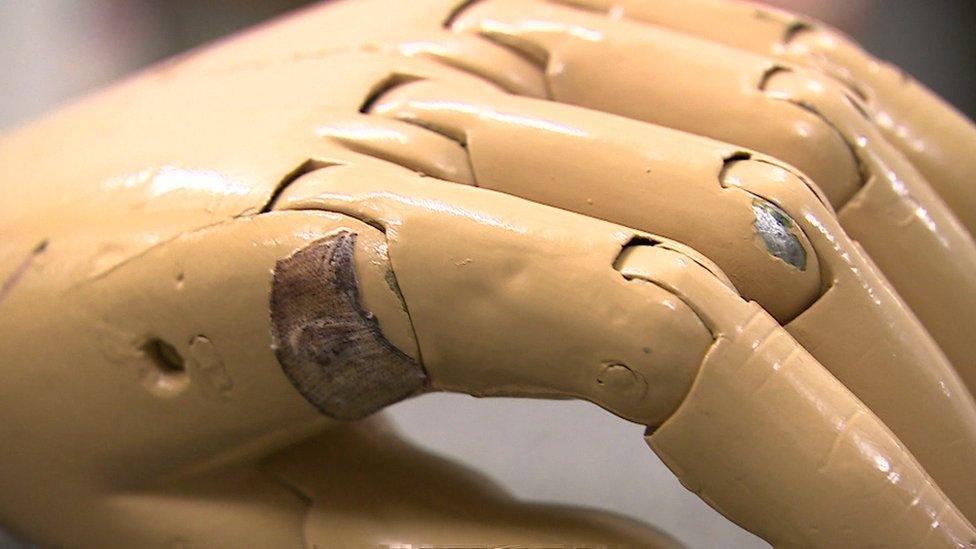
- Published9 December 2014
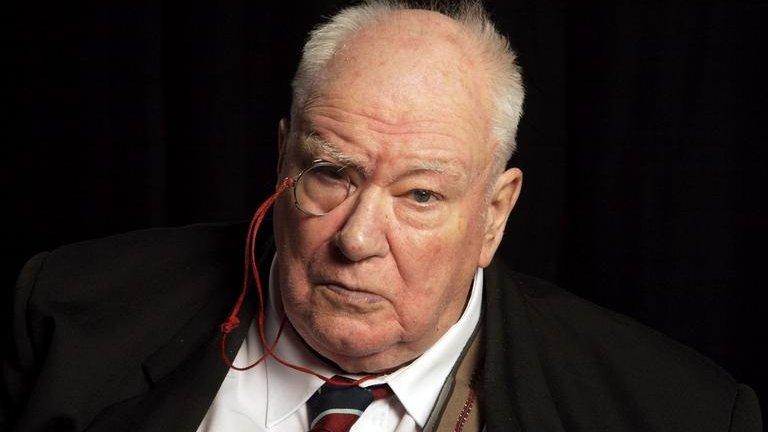
- Published16 May 2014
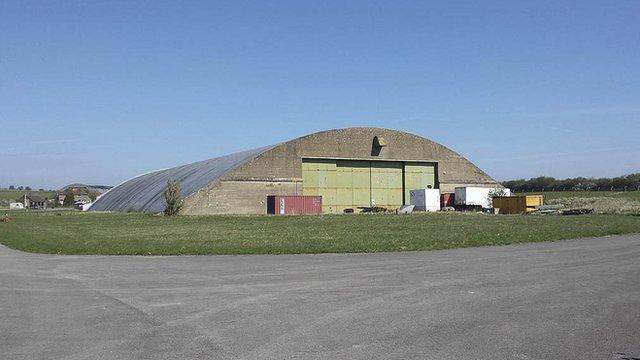
- Published6 February 2012
